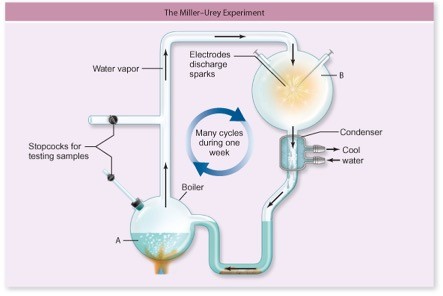Which of the following exhibits a Type III survivorship curve?
a. oak tree
b. sparrow
c. human being
d. whale
a. oak tree
You might also like to view...
Imagine that you have sequenced the genome of a human pathogenic bacterium. In the early stages of analysis, you discover a stretch of DNA that has a significantly different GC content (the proportion of bases that are G and C)
Further examination of this region shows there are roughly one dozen protein-coding regions. These are not found in the genome of a previously sequenced and related nonpathogenic bacterium. These sequences do, however, predict protein products strikingly similar to those of another bacterial pathogen that is not closely related to the organism you are studying. You immediately suspect _____. A) neutral evolution B) that both sequences are introns C) a high rate of mutation D) a low rate of mutation E) lateral gene transfer
Which of the following fungi form
mushrooms?
a. club fungi b. sac fungi c. zygote fungi d. yeast fungi e. more than one of these
Which of the following is dense connective
tissue that joins two bones? a. sutures b. ligaments c. muscles d. tendons e. fascia
The apparatus in the figure was used by Stanley Miller and Harold Urey to study the origin of life on Earth. What compound was excluded from the apparatus so that it would form a reducing atmosphere? 
A. O2 B. H2 C. CO2 D. H2O E. NH3